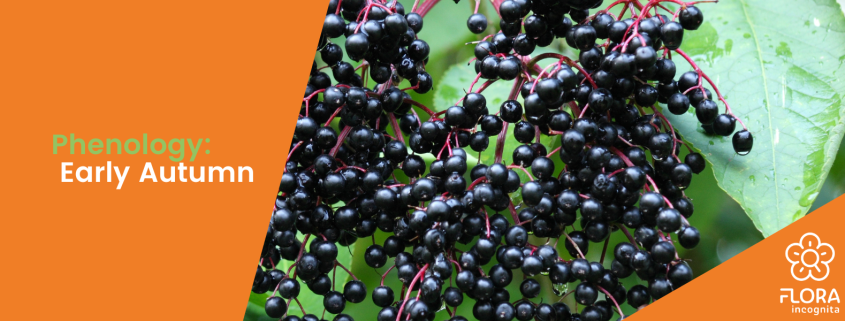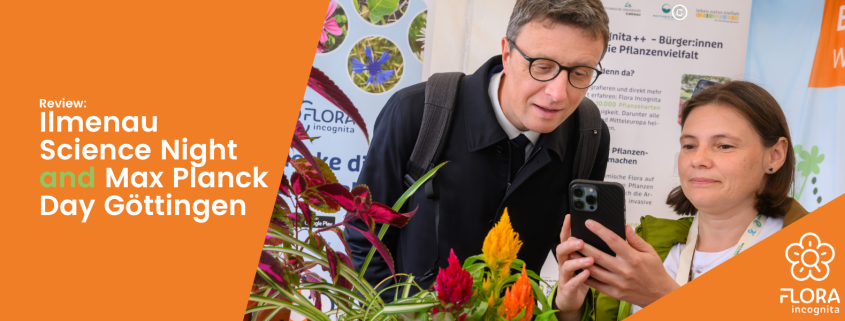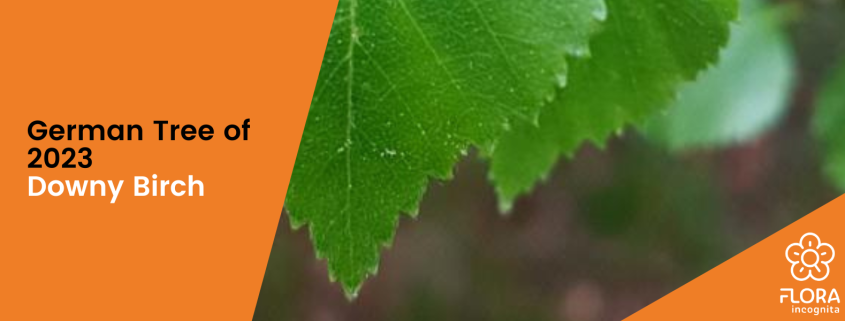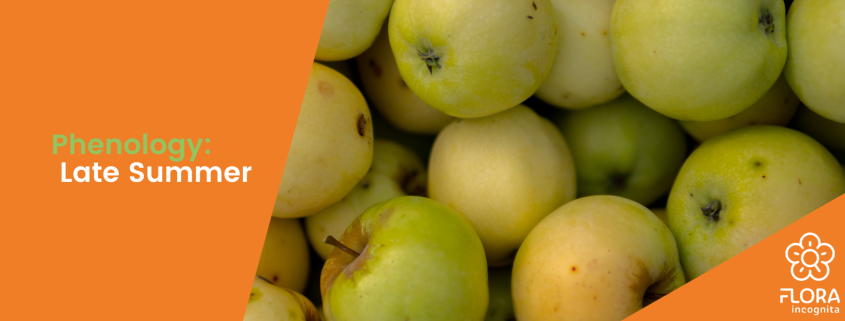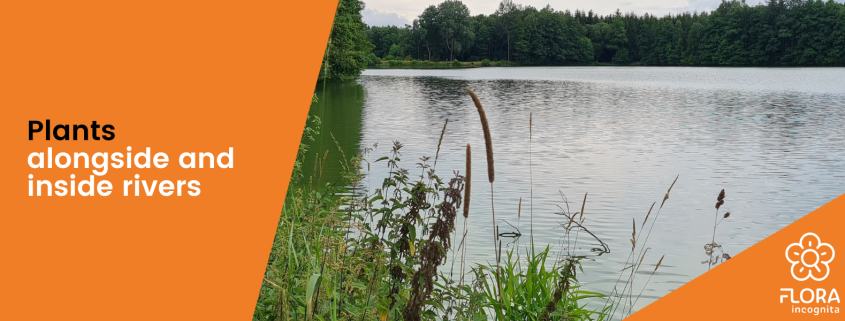Phenology: Early Autumn – Warm Days, Cool Nights
The dog days are over, marking the end of the warmest time of the year. Now, we find ourselves at the beginning of a new phenological season: early autumn. Phenological seasons are characterized by specific developmental stages of certain indicator plants, including flowering, leaf unfolding, fruit ripening, autumn leaf coloration, and leaf fall. The early autumn, which is beginning now, is characterized by the fruit ripening of elderberries and cornelian cherries. Let’s take a closer look and explore the other events that await us in the next (approximately) four weeks.
Ripening Elderberries
The elderberry (Sambucus nigra) is one of the most common shrubs in Central Europe. Botanically, the “berries” are classified as drupes. They are rich in vitamin C and potassium, and are edible after cooking. However, when consumed raw, some people may experience nausea or vomiting due to the presence of plant toxins. In herbal medicine, their juice is considered a remedy for colds, kidney and bladder problems, and for strengthening the heart and circulation. They are also used in cooking: in elderberry soup with semolina dumplings or rusks, as jelly, juice, or fruit wine – the possibilities are numerous.
Vibrant Red Cornelian Cherries
Is it a large shrub or a small tree? Both forms can be found in cornelian cherry (Cornus mas) specimens. Mature specimens can grow up to 8 meters tall with a trunk diameter of 45 cm. Its glossy red fruits, about 2 cm long, are classified as drupes and have a similarly red, sour flesh. This flesh contains 70–125 mg of vitamin C per 100 g. The fruits can be eaten raw, dried, frozen, or processed into liqueur, wine, juice, jelly, and jam.
Autumn Crocus Blooms
Autumn crocus (Colchicum autumnale) is a herbaceous, highly poisonous plant. One to five flowers sprout from its bulb. It can be found in moist meadows or open floodplain forests. The crocus-like flowers emerge without leaves – the leaves grow in spring and are quite similar to wild garlic. The pale pink to violet flowers, about 20 cm long, are significantly larger than regular crocuses (some of which also bloom in autumn). To distinguish them, count the stamens. Autumn crocus has six, while regular crocuses have three.
Sunflowers ready for harvest
By the end of August, sunflowers (Helianthus annuus) are ripe – provided they receive enough sun and water during their 150-day growth period. You can tell they are ready for harvest by the browning of the seeds in the center of the flower head and the ease with which they detach. The back of the flower head also turns brownish-black. It’s best to cut the entire flower head and then shake out the seeds – in stubborn cases, a small brush can help access the seeds. Stored washed and dry, you can peel and roast them for snacking, or leave them raw to provide wild animals with food during the cold season.
This article was featured as a story in the Flora-Incognita app in the summer of 2023. In the app, you can find exciting information about plants, ecology, species identification, as well as tips and tricks for plant identification. Why not take a look?

